January 2011
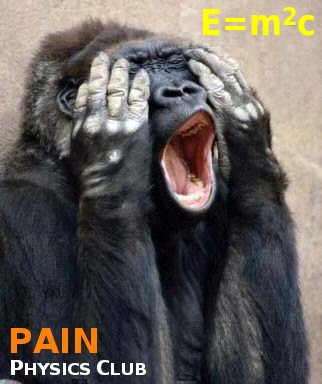 |
|
GMIS:
NASA originally planned to make 2 main mirrors for the Hubble Space Telescope, but ultimately ordered a total of 3 from different manufacturers. The manufacturers were supposed to double check each others mirrors but this wasn't done. The mirror installed in HST and launched into space, at which point it could no longer be replaced or easily repaired, was defective. The first spare, which was defect free, was later used in a ground based telescope in New Mexico. The other spare, also defect free, is on display in the Smithsonian Institution.
http://en.wikipedia.org/wiki/Magdalena_Ridge_Observatory#2.4-meter_SINGLE_Telescope
|
|
|
|
7th March 2011
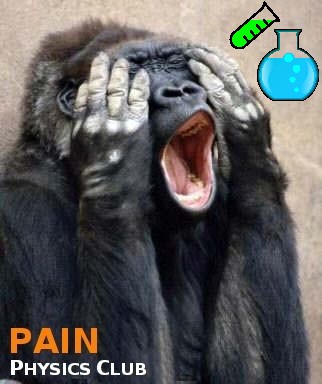 |
|
GMIS:
In the early days of the internal combustion engine, advances in metallurgy and engineering meant that fuel quality was the major limiting factor in engine power. This was solved with the invention of the fuel additive lead tetraethyl, which increased octane rating and allowed the development of very high power engines such as those used in WW2. Use of leaded fuel, now banned in most of the world except for aviation use, is estimated to have polluted the atmosphere with 7,000,000 tonnes of lead.
Chlorofluorocarbons, CFCs, are remarkably useful solvents and refrigerants but created the hole in the ozone layer, a threat to life on earth. CFCs are now largely banned worldwide, with some limited exemptions.
What do these two discoveries in chemistry have in common? Both compounds were first synthesised by the same brilliant chemist, Thomas Midgley.
http://www.damninteresting.com/the-ethyl-poisoned-earth
|
|
|
|
|
|
27th March 2011
 |
|
Physics Trivia:
Linus Pauling, 1954 Nobel Laureate in Chemistry for his work on chemical bonds, was once denied a passport by the US Federal Government and unable to travel outside the country on the grounds that he was aligned with the "Communist peace offensive". Perhaps he was, because he ultimately he won a Nobel Peace prize, which some in the USA considered a "weird insult from Norway". (Ok, he is called a chemist, but he worked in quantum chemistry and on the structure of the nucleus.)
http://en.wikipedia.org/wiki/Linus_Pauling
|
|
|
|
2nd April 2011
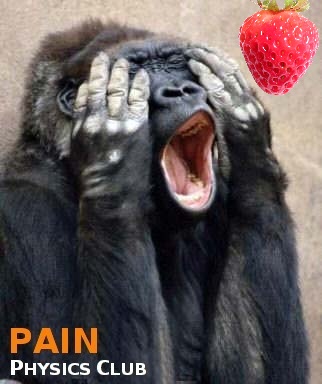 |
|
GMIS:
A typical artificial strawberry flavor, as used in thick shakes from fast food 'restaurants', contains the following ingredients: Amyl acetate, amyl butyrate, amyl valerate, anethol, anisyl formate, benzyl acetate, benzyl isobutyrate, butyric acid, cinnamyl isobutyrate, cinnamyl valerate, cognac essential oil, diacetyl, dipropyl ketone, ethyl acetate, ethyl amyl ketone, ethyl butyrate, ethyl cinnamate, ethyl heptanoate, ethyl heptylate, ethyl lactate, ethyl methylphenylglycidate, ethyl nitrate, ethyl propionate, ethyl valerate, heliotropin, hydroxyphenyl-2-butanone (10 percent solution in alcohol), a-ionone, isobutyl anthranilate, isobutyl butyrate, lemon essential oil, maltol, 4-methylacetophenone, methyl anthranilate, methyl benzoate, methyl cinnamate, methyl heptine carbonate, methyl naphthyl ketone, methyl salicylate, mint essential oil, neroli essential oil, nerolin, neryl isobutyrate, orris butter, phenethyl alcohol, rose, rum ether, g-undecalactone, vanillin, and... solvent. Yum!
http://www.feingold.org/strawberry.html
|
|
|
|
10th April 2011
 |
|
GMI Computer Science:
Once email was invented, as text only in the early days, people started using those little combinations of characters that we now call emoticons to add emphasis. Happy is :) unhappy is :( and so on. Modern email software uses small graphics bitmaps to display these. Start with happy face, unhappy face and various other facial expressions. Move on to soccer ball (Buckminsterfullerene?), watermelon and some farm animals. Then comes beer, can of drink and slice of pizza only $1.00 each at an error bar, and coffee. Then go intellectual with yin/yang, ghost, alien, clown, an important reminder to keep taking the medication, computer and game console. There are many more, including the emoticon for... terrorist. If you run Linux try this path. /usr/share/pixmaps/pidgin/emotes/default
|
|
|
|
15th April 2011
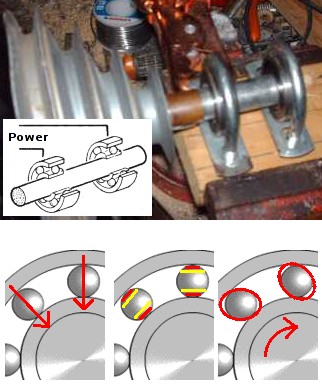 |
|
GMI Engineering:
There exists a device which is completely stupid, completely useless, yet so fiendishly clever that it deserves our respect and attention. It is the 'ball bearing motor'. Two ball bearing assemblies are mounted on a shaft. The outer races are insulated from each other and connected to a low voltage high current power supply. Current flows through the balls. Local current density at the point contact between the balls and the races is extremely high causing heating and expansion. The balls become distorted, elongated, causing mechanical forces to rotate the shaft. These motors can draw over 100 amps and rotate at several thousand RPM. The balls commonly glow red hot and usually emit showers of sparks. What genius invented this? There is no known use for the ball bearing motor... other than to make physics phun. http://www.youtube.com/watch?v=tHZbHMFWS2k
|
|
|
|
7th May 2011
 |
|
GMIS:
A milestone occurred in the development of conductive polymers in 1977 at Tokyo Institute of Technology when a Korean student, having difficulty understanding instructions from his Japanese supervisor, used 1000x too much catalyst in polymerisation reaction. The result was a polymer film with a distinct metallic lustre, polyacetylene. The supervisor, Hideki Shirakawa, and two of his colleagues subsequently won a Nobel prize in Chemistry for further developments of conductive polymers. The best conductive polymers have resistivity similar to the best metallic conductor, Silver. Conductive polymers have led to organic semiconductors and LEDs and flexible dot matrix displays capable of displaying TV images. "OLED" TV sets are on sale now. http://en.wikipedia.org/wiki/Polyacetylene
|
|
|
|
13th May 2011
 |
|
GMIS:
In the past Direct Current and a wide variety of different frequencies for Alternating Current have been used for power distribution. Today almost all countries have standardised on Alternating Current at a frequency of either 50 Hz or 60 Hz. Japan is very clever and has both, 50 Hz in the North and 60 Hz in the South. The speed of light in free space is, roughly, near enough, 300,000,000 m.s-1. 300 is the lowest common multiple of 50 and 60, making it very easy to calculate the free space wavelength of standard power distribution frequencies. Is this a coincidence? http://en.wikipedia.org/wiki/File:Power_Grid_of_Japan.PNG
|
|
|
|
21st May 2011
 |
|
GMI Manufacturing:
A multinational beverage manufacturer, the really big one, you know the name, decided to launch a bottled water product in the UK. The defining characteristic of bottled water isn't that it came from a melted glacier or a pristine spring, but rather that it is in a bottle. It might have come from a tap, and in fact in this case it did. The first problem was that at the time of product launch a British comedy TV show had a plot line about bottling tap water and selling it at a huge profit. The second problem was that additives and manufacturing processes created carcinogens in the water at above permitted levels. The manufacturer purchased water that was safe to drink from a tap in Sidcup at something like 1p per 10 l, removed harmless impurities, added other chemicals including carcinogens, and sold it for up to 95p for a 500 ml bottle. Guardian BBC
|
|
|
|
28th May 2011
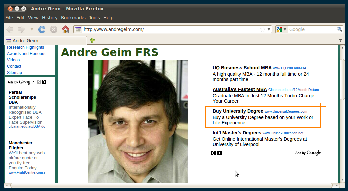 |
|
GMIS:
Andrew Geim did some of his studies at the renowned Moscow Institute for Physics and Technology, won an Ignobel prize for levitating a frog and a real Nobel as codiscoverer of graphene. Andre also has "Ads by yoo knoow whoo" on his personal website. Mixed up amongst ads for UTS, UniSA, UWS, USQ, CDU, MQ and UQ is an ad for "Universal Degrees". Avoid inconvenient and time consuming lectures and exams, just buy a degree. Universal Degrees accepts VISA, Mastercard, AMEX, Diners and various other payment methods and offers scholarships (discounts) to exceptional students (customers). In case you can't find the ad, we have a screenshot here, then "back" on your browser. CAVEAT EMPTOR! http://www.andregeim.com http://www.universaldegrees.com http://oxforddictionaries.com/definition/caveat+emptor
|
|
|
|
Some time early July 2011
 |
|
DLTHTY Block of Flats:
There are three words heard more and more in Australia today, and they aren't "stimulate the economy". Those words are of course "Made in China". Here is a block of flats Made in China. It fell down. Ooops... An underground car park was excavated on one side of the building, the spoil was heaped up on the other side of the building, then it rained. Engineering Geophysics anyone? Perhaps structural properties of concrete pilings? Please don't let this happen to your block of flats.
UK Telegraph
|
|
|
|
31st July 2011
 |
|
GMI Aviation:
Commercial jet aircraft types are pressurised. There is a small positive differential between the inside of the cabin and outside, to maintain sufficient air to sustain life at altitude. The aircraft are also intentionally pressurised and tested at ground level as part of normal maintenance. You know what happens if you over inflate a balloon. It goes ***POP***. What do you think happens if a KC-135, the military variant of a Boeing 707, is accidently overinflated in a pressurisation test? Please don't let this happen to your Boeing. Google search for "kc 135 pressurization mishap".
|
|
|
|
7th August 2011
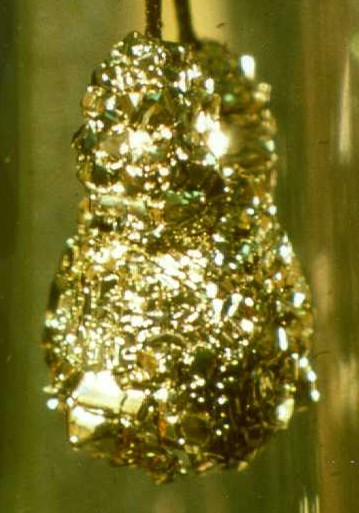 |
|
Physics Trivia:
What are the rarest elements on Earth? Pa, Protactinium (pictured) is amongst the 10 rarest. It exists as a few PPT in Earths crust, and forms no more than a few PPM of Uranium ores. In 1961 the British government extracted 125g of artificially created Pa from used nuclear reactor fuel, which represents the world's major stockpile of the element. The rarest elements on Earth are Fr, Francium and At, Astatine. Each is believed to exist naturally in a quantity of about 30g in the entire planet. Fr is commonly made in the lab in quantities of up to about 300,000 atoms, and can be studied for a few minutes only until it undergoes radioactive decay. Fr is an alkali metal. At is a halogen. If it was actually possible to get both, they would react chemically. Francium Astatide anyone? Abundances Pa UK Fr At
|
|
|
|
14th August 2011
 |
|
Oooops!
When loading cargo into an aircraft please learn what "center of gravity" is.
|
|
|
|
22nd August 2011
 |
|
GMIS:
A long list of thermonuclear fusion experiments have been given names with varying degrees of creativity. eg IGNITOR, JET, Tore Supra (no, not a car), Gekko, NIKE (no, not a running shoe) and so on. "MAGPIE" is the "Mega Ampere Generator for Plasma Implosion Experiments". Los Alamos National Laboratory once built a machine called the "Perhapsatron" (pictured). They thought that perhaps it might work. It didn't. Perhaps next time they could think of a better name. Names MAGPIE Perhapsatron.
|
|
|
|
29th August 2011
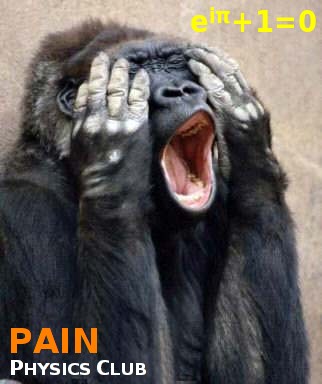 |
|
GMI Maths:
Ever heard of "Benford's Law"? Real world numbers over vastly different regimes follow a common pattern. Numbers staring the with digit "1" are most common, followed by "2", then in decreasing frequency through to "9". This applies to resistor values, baseball statistics and geographical data amongst other things. There are specific exceptions, such as winning lottery numbers or numbers that are constrained in some way. Benford's Law is sufficiently trustworth that it can be used to detect fraudulent financial transactions. Benford's Law
|
|
|
|
4th September 2011
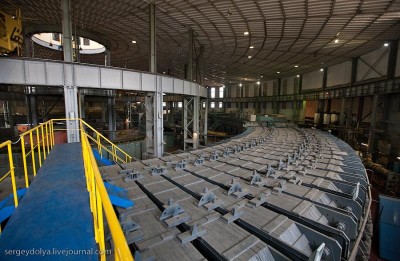 |
|
Physics Trivia:
Before the Large Hadron Collider was the Synchrophasotron. What a great name! Built in 1957 in Dubna, it was for a time the most powerful particle accelerator in the world and was the pride of the old Soviet Union. It ran until 2002 when it was decommissioned to make way for a new accelerator. It's main magnet weighed 36,000 tonnes, a Guinness world record. While not a famous part of Communist history, there are other records for magnets. The strongest magnetic field ever produced is 91.4 T, pulsed, achieved by Helmholtz Society in Germany. The world's largest magnet sculpture uses over 500,000 magnets and weighs around 270 kg. Louise J Greenfarb of Henderson Nevada is credited with having the world's largest collection of refrigerator magnets, at over 30,000. I wonder if anyone ever stuck a fridge magnet on the side of the Synchrophasotron? Synchrophasotron (Gorgeous!)
Strongest. Magnet sculpture. Refrigerator magnets.
|
|
|
|
11th September 2011
 |
|
GMIS:
The picture, taken in December 2010 in Spain, is a graffiti painting of Nobel Prize winning nuclear physicist Enrico Fermi. What is going on here? Have the gangsta street hooligans in Spain developed intellect and an interest in physics? Is there a physics club in Spain that has error bars about creative use of spray cans? Is that a handful of atoms and subatomic partices? Whatever, all we can say is WOW!
Full size original image in wikipedia.
|
|
|
|
18th September 2011
 |
|
Physics Trivia:
What is the longest running physics demonstration at any university anywhere in the world? If you though it might be, oh, viscous black liquid in the St Lucia region of Australia you would be... WRONG! Let's try across the dutch, Unzud, at the University of Otago. There the "Beverly Clock" has been running almost continuously, without winding, since it's construction in 1864. It is powered by variations in temperature which cause air in a sealed box to expand and contract, pushing on a diaphram, raising and lowering a weight to wind the mechanism. Is this the oldest? No. Try the "Oxford Electric Bell". It consists of a floating clapper, and two bells which are connected to high voltage batteries. The clapper is attracted to one bell and repelled from the other, until it contacts one bell and is charged to the opposite polarity, at which point direction of the electrostatic forces is reversed. The Oxford Electric Bell has been "ding- ding- ing" at about 2 Hz since 1840.
Pitch drop. Beverly Clock Oxford Electric Bell
|
|
|
|
24th September 2011
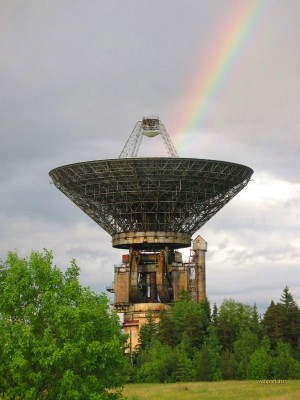 |
|
Phunny Physics Photo:
It is not well known, but each and every rainbow is created by a pair of special generating transmitters like this, one at each end.
Note for the humour impaired: Don't use this in an exam. IT'S STILL TOP SECRET!
|
|
|
|
12th October 2011
 |
|
What am I?
a) Kang's and Kodos' ride?b) A new type of radiotelescope?c) A designer barbecue?d) A solar powered water purification still?
|
|
|
|
1st November 2011
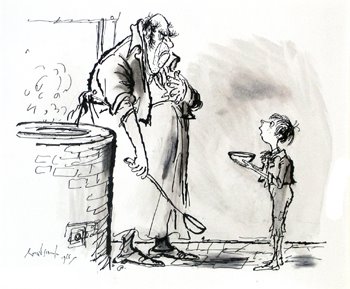 |
|
With apologies to Charles Dickens and Ronald Searle:
Student: "Please Sir may I have some more exams?"Lecturer: "You want MORE?"
PAIN wishes all students the very best for their exams.
Trivia question: What tenuous connection does Ronald Searle have with Physics?
Charles Dickens Oliver Twist Ronald Searle
|
|
|
|
Late November 2011
 |
|
Residue:
This is the goop we found at the bottom of the test tube after we made the rest of the website. Here is unambiguous evidence that PAIN has a very serious pizza habit. Remember, pizza is always an important nutrient.
|
|
|
|
|


















